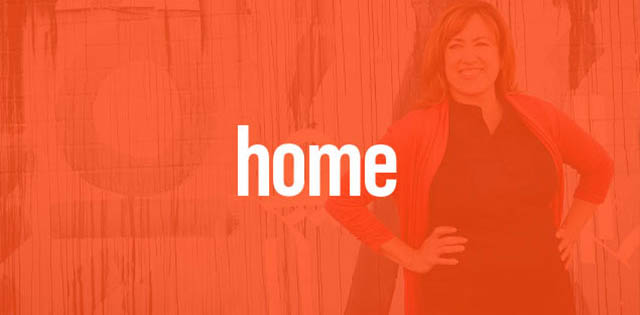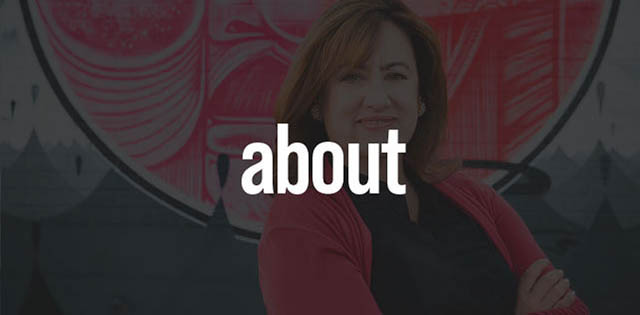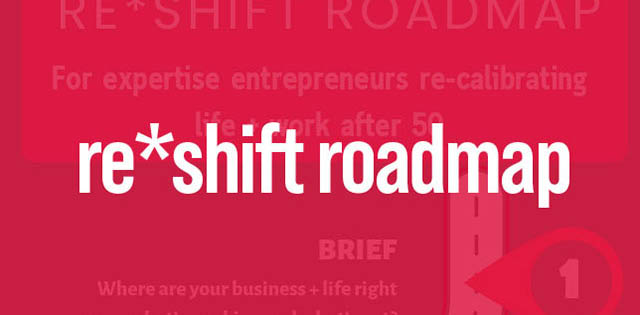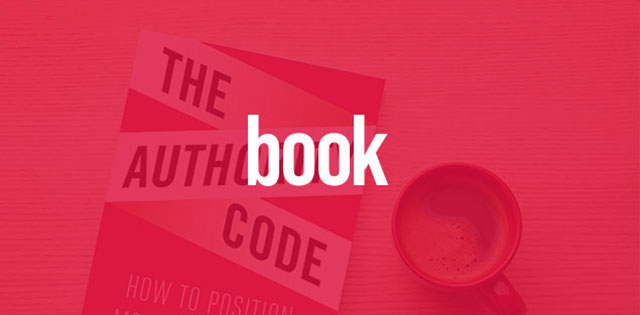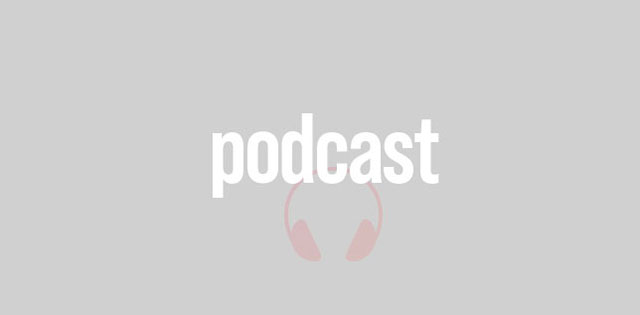How Do I Make More Money As A Soloist?
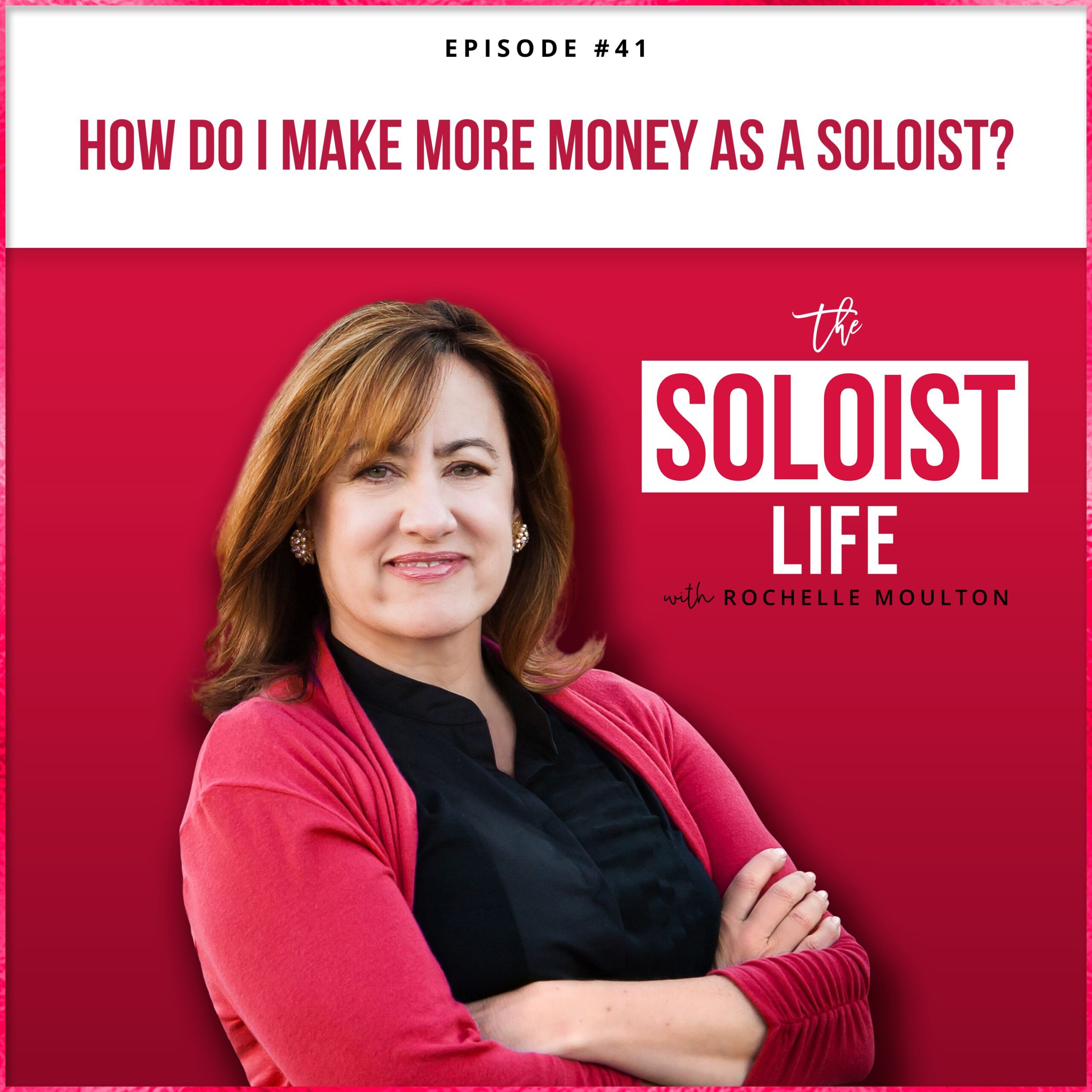
Demand is feeling lighter—you’re getting fewer inquiries or buyers seem to be more price-sensitive and you’re starting to worry about the economy. What do you do next?
Why it doesn’t matter what the economy is doing when you play your own game.
How “Mariah” added a new revenue stream when her primary one started losing steam (and a low-risk way to experiment with pricing).
A tiny niching down test that can pay big dividends.
Why experimenting with tactics can sometimes uncover a profitable new direction.
When to consider offering group options including paid communities.
LINKS
Rochelle Moulton Email List | LinkedIn | Twitter | Instagram
BOOK A STRATEGY CALL WITH ROCHELLE
RESOURCES FOR SOLOISTS
Join the Soloist email list: helping thousands of Soloist Consultants smash through their revenue plateau.
Soloist Events: in-person events for Soloists to gather and learn.
The Authority Code: How to Position, Monetize and Sell Your Expertise: equal parts bible, blueprint and bushido. How to think like, become—and remain—an authority.
TRANSCRIPT
00:00 – 00:41
Rochelle Moulton: I don’t want you to fall into using the economy as bad as a crappy excuse not to get in or stay in the game of growing your business. Hello, hello. Welcome to this Soloist Life podcast where we’re all about turning your expertise into wealth and impact. I’m Rochelle Moulton and today I want to talk to you about what’s happening in the world and more specifically in the US economy. I’m recording this in late August and there’s been a lot going on. We have a hotly contested presidential race with 2 very different visions for the future. Who
00:41 – 01:21
Rochelle Moulton: will win? We don’t know. What will be the economic impact on our lives and our businesses? We don’t know. And many of you have been feeling the fallout from corporate layoffs, especially in tuck after the SVB collapse in the form of reduced demand, pricing pressures, and even having to revamp your business model. I get it. It’s been a lot. But there are others serving the same kinds of clients who have carved out a space for themselves and are either building or maintaining a sweet spot. Many of them are earning in the $350, 000 to $500, 000
01:22 – 02:00
Rochelle Moulton: range. And we’re not talking about a bunch of old sages living off their book royalties and speaking fees. We are talking vibrant, passionate people from 32 to 72 who are helping their ideal clients and buyers make high value transformations. If they can do it in the midst of so much change, so can you. The trick is to figure out how to best position and price your offerings and then build a sales system that delivers your best fits to you on a regular, reliable basis. How do you get there? You experiment. Because I don’t want you to
02:00 – 02:35
Rochelle Moulton: fall into using the economy as bad as a crappy excuse not to get in or stay in the game of growing your business. And thinking of your business as a game can help you see the fun in it, even when times are uncertain and you’re not sure where to go next. So I’m going to share some client stories with you just to get your thinking stirred up, okay? 1 consultant, let’s call her Mariah, was doing these giant change assignments for Fortune 500 companies. And when I say giant, I mean she’d assemble a team and they’d work
02:35 – 03:10
Rochelle Moulton: for 12 to 18 months with a client team to complete their work. And her cut of the fees was usually in the 300 to $500, 000 range. Her model 100% depends on her relationships and being able to time her projects since she can’t do 2 at once. So when the inquiry started to slow last year, she decided to expand her services. Now I’ll just note here that her favorite work is these giant projects, But she felt she needed another revenue stream and hers is not the sort of work that lends itself to courses or memberships. She
03:10 – 03:47
Rochelle Moulton: added an assessment option, productized service. It’s something her clients can use to locate potential sources of conflict, of trouble, before they commit to a whole scale change initiative. There’s a bit of crossover with their giant projects, but not all that much. And the best part for Mariah, it’s something she can knock out in about 30 days. She priced her first 1 pretty low at $30, 000 just to test it out. When she saved her client several hundred thousand dollars on the first 1, we ratcheted up the price to 50, 000. And now she just keeps adding
03:47 – 04:21
Rochelle Moulton: 10, 000 every time she does it to find the ceiling. The point where people say no. And she’ll be at $80, 000 for the next 1. And if you do the math, you’ll see she added $210, 000 in revenue this year. Now could she do 4 of those in a year with her huge change projects? Probably not. But in a slow year, she was able to add about 50% of her typical revenue from a new service. And she could have brought in even more, but she wanted to start slow, to develop proof that her idea worked
04:21 – 04:56
Rochelle Moulton: in actual execution. She experimented and it worked. So it’s so easy for me to sit here and tell you to just raise your prices to reflect the value of the transformations you’re making. But when things aren’t working, when you’re having a flop year, I’m stealing that from Jenny Blake, by the way, love that, it’s hard to get to the place where you’re emotionally ready to do that. And what I like about Mariah’s solution is she just tried something new. It allowed her to see beyond the lane she’s in and tinker with how else she could deliver
04:56 – 05:36
Rochelle Moulton: valuable outcomes. But maybe you’re earlier on in your business evolution. You’re not really sure that you’ve glommed onto your ideal audience yet. Just try 1 thing to niche down 1 notch. Okay, so like Jerry, not his real name. Jerry’s A graphic designer turned SEO consultant, but he was still marketing himself like a local graphic designer, going to local meetups and working with all different kinds of businesses in his relatively small city. It was a slog. And as a graphic designer, he’d worked with a handful of financial planners to build their websites. And he learned quite a
05:36 – 06:11
Rochelle Moulton: bit about how to help them market themselves geographically. So we said, hey, let’s do 1 thing to see if niching down to financial planners might work for him. And by the way, research showed there are roughly a quarter to a half a million planners in the US. So it’s still a pretty big niche. There’s lots of planners available. So we made a list of the things that he might try. He could start creating content focused on SEO for financial planners, you know, some combination of a podcast, an email list, articles, blog posts, you name it. Or
06:11 – 06:47
Rochelle Moulton: he could run a Google or Facebook or LinkedIn ad, sending them to a specially created sales page where he could describe a new offer. Or he could mock up a service description specifically for financial planners and then test it with some of his former clients. Or he could offer an SEO audit to former clients, free or low-charge, to see what opportunities might exist for them to improve their sales and marketing and then pitch a solution. And we could probably have come up with another 10 different options. But remember, we just wanted him to choose 1 thing.
06:48 – 07:22
Rochelle Moulton: So he decided to get super hands-on. That felt not only quick, but aligned with wanting to take just 1 step versus 1 that felt like it had too many moving parts. So he picked option 3. That’s where he mocked up a description of his core service, designed around what he knew about his former financial planner clients. And then he asked for an exploratory call with 5 very successful planners he’d worked with on their websites. And we worked up a script that wasn’t about selling, but about listening to their digital marketing concerns to see how he could
07:22 – 07:57
Rochelle Moulton: best help them. After the first call, he revamped the description and tried the second planner. After that call, he fussed with it a little bit more until it seemed to land correctly in terms of their issues and his solution. Interestingly enough, the first planner he talked to, the 1 he figured was the lowest risk, was his first buyer. Each of the others gave him more language and more specifics that he could build into this test offering. By the time he was done with all the calls, kind of a specialized listening tour, he realized he had something
07:57 – 08:34
Rochelle Moulton: tangible that was a lot more fun and profitable to sell than his one-to-one meetings in his hometown. So what started out as a tactical question to increase his revenue turned into a strategic shift in who he served. Now this is still a work in progress, but revenue is up by over 50%. He’s having more fun and given his work delivers directly to his clients bottom line, he’s less subject to economic twists and turns. I realize we’re heavy on the tactics today, But I want you to see that there are an almost infinite number of experiments you
08:34 – 09:09
Rochelle Moulton: can try to reverse a revenue decline or smash through a plateau. And I’ll give you 1 more. Assembling paid groups or perhaps communities. It isn’t for everyone, but you might think about it this way. If you usually deliver services to a single person, are there advantages to building groups, to delivering to groups? So that might look like a mastermind or a group learning experience. And an especially good time to do this is when you’re booked out from 1 to 1 and you want to serve more people while punching through that revenue ceiling you’ve been hovering at
09:09 – 09:48
Rochelle Moulton: or You can consider building a paid community Just I must warn you this takes time a good-sized email list and an offering that’s high in value relative to its cost. So most folks who’ve done this successfully have started it as a side revenue stream, supported initially by profits from their main revenue streams. Now, if you serve Fortune 500 companies, you’ll probably assume this is not for you, but look around. There’s some very successful examples of this out in the wild. There is CMO huddles, which are for B2B CMOs and 7 CTOs is another model with significant
09:48 – 10:26
Rochelle Moulton: revenue flow. You just want to find the things that intrigue you, where you’ve got a Venn diagram of market demand, your talents, and your passions. That’s the sweet spot where experimenting can really pay off. Give yourself a break here. Experimenting doesn’t always work the first time. Ask any scientist. You’ve got to stay curious and pay attention to the signs and signals your audience is sending you. Being in business is not for sissies. It means that everything isn’t just a smooth ride. There are hills you have to climb and there’s some that you can coast down. But
10:26 – 11:04
Rochelle Moulton: it’s your game, not the economy. It’s your challenge and your opportunity to find those sweet spots where you are the right answer and can happily work away in your genius zone while building your version of wealth, revenue, free time, flexibility and impact. So as we wrap up this episode, if you haven’t joined my email list yet, now is the time. Your soloist business and your future self will thank you. The link is in the show notes. That’s it for this episode. Please join us next time for the Soloist Life. Bye bye.





